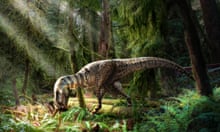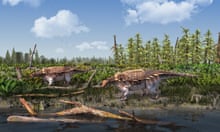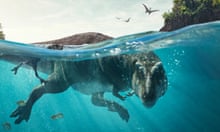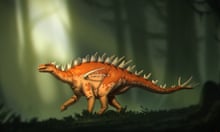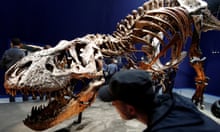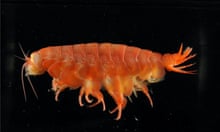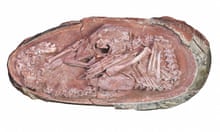The Australian white ibis, aka “bin chicken”, might not have won the title of Australia’s favourite bird, but its next race might help scientists solve the mystery of how Tyrannosaurus rex walked and ran.
The ibis is one of a dozen bird species that scientists raced around an enclosed track, examining how their movement varied as size and pace increased.
Since birds, also known as “avian dinosaurs”, are actually just dinosaurs that didn’t become extinct, they were ideal models to study how their extinct cousins would have moved.
“So you’d be foolish to start anywhere else,” said Peter Bishop from Queensland Museum, lead author of the study published today in the peer-reviewed journal, PLOS One.
Bishop said understanding the locomotion of huge extinct theropod dinosaurs such as the Tyrannosaurus rex not only excites the curiosity of the public, but is also crucial to a wide range of scientific questions.
“Locomotion is important for understanding other parts of dinosaur ecology – how you find food, how you find mates, how you avoid becoming food yourself,” Bishop said. It could also help contribute to models of dinosaur migration and even help settle debates about whether they were warm-blooded.
“But for me, the most interesting part of dinosaur locomotion is that it’s the most critical part of how dinosaurs evolved into birds,” he said. “There were a lot of changes in locomotion … including the development of powered flight.”
Studying the 12 bird species, which ranged in size from 45 grams to 80 kilograms, the researchers found continuous changes as size and speed increased, allowing them to create a predictive model that might predict how huge dinosaurs walked and ran.
Bishop said he wanted to study as many birds as he could get his hands on. “There were literally dozens of ibis living in the waterways around the campus,” he said. “So we said ‘right, we’ll study a few of you then’,” he said.
Bishop said the next step was firstly to confirm the model by testing it against more birds, and also to create computer models of how dinosaurs would have moved.
